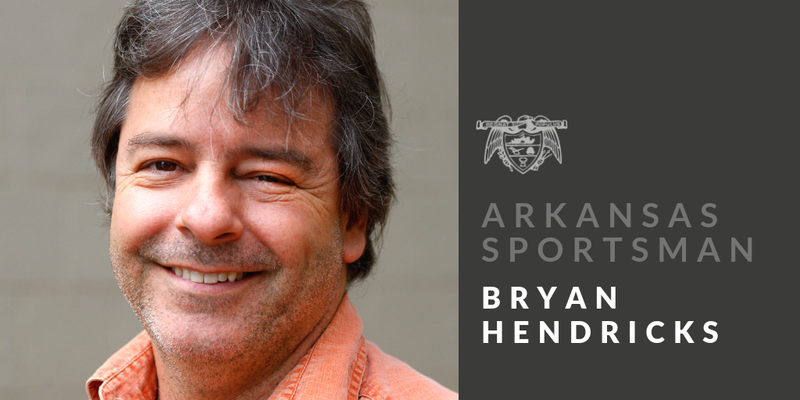Turkey hunters that complain about how bad turkey hunting is in Arkansas might improve their prospects by policing their own ranks.
On Wednesday, Capt. Ken Key, a wildlife officer in Dallas County, briefed the members of the Arkansas Game and Fish Commission on highly refined tactics that the agency's law enforcement division is using to catch turkey poachers. It is worth the investment because poachers kill an awful lot of turkeys in Arkansas, Key said.
"It's a network. They're all buddies that help each other," Key said. "Their intent is to kill every turkey they hear gobble. They're the ones that really hurt the resource."
Key and Game and Fish Lt. Bobby Lewis conduct workshops to train wildlife officers to locate illegal bait sites. Baiting is very effective for killing turkeys, Key said, because turkeys pattern to bait like clockwork.
"Baiting is effective," Key said. "Deer can come at night when you're not supposed to shoot them, but turkeys can't do that. Turkeys are easy to pattern."
Poachers are adept at concealing bait sites, but the workshops simulate situations that Key and Lewis have actually encountered afield.
"Officers who consistently catch turkey violators are avid turkey hunters themselves," Key said. "It takes a good eye to see it. It takes boots on the ground. Officers walk miles and miles and miles looking for this."
Key showed slides that identify telltale signs of baiting. The distinguishing characteristic is signs of scratching. Bait might not be visible, so officers sometimes have to remove ground cover to expose bait. Officers then must determine how long the bait has been present, if it has been refreshed, and whether it is present 10 days before turkey season starts.
Officers are trained to look for remote cameras which are often present at illegal baiting sites. Hunters monitor remote cameras, and officers must be careful to avoid being photographed.
Trainers take trainees afield and listen. In the distance, they'll hear a wildlife officer call, and a real gobbler responds. That dialogue occurs for a time until the wildlife officer is ordered to fire a shotgun at the ground. If the trainee makes contact, the trainer is ordered to run, as poachers sometimes do.
At that point, the trainee must collect evidence. The trainee must find a feather pile and other evidence that an illegal kill has occurred. Then, dogs are deployed to find the "poacher."
Trainees are trained to look for tire tracks in curious locations, or four-wheeler tracks that diverge from the road. In the leadup to spring turkey season, tire tracks at a hunting club gate indicates some degree of turkey hunting activity. It might be legitimate scouting activity, but it might also be illegal baiting or poaching activity. The only way to know is to look.
Nowadays, many poachers don't ride or drive to bait sites. They walk, sometimes great distances, to remote, isolated locations.
When trainees find a scratching site, they usually find a pop-up blind nearby. Key showed photos of actual poaching sites, including one that had a sunken pit blind covered with brush.
"That indicates that activity has been going on at that site for a very long time," Key said.
In 2021, wildlife officers wrote 72 illegal baiting citations. That's a fraction of what's actually occurring, Key said.
Brad Young, chief of the commission's law enforcement division, said the number of turkeys that poachers kill out of season is big enough to have a tangible detrimental impact on the resource, he added.
Turkey hunters complain about the poor quality of turkey hunting in Arkansas. It's also tough in formerly strong turkey hunting strongholds like Oklahoma. Young said he believes overkilling, especially unlawful overkilling, might contribute to low turkey numbers everywhere.
A member of the commission entertained the possibility of offering rewards, such as, perhaps, providing a Lifetime Sportsman's License to anyone that provides a tip that leads to a successful conviction.
